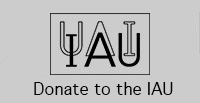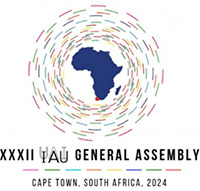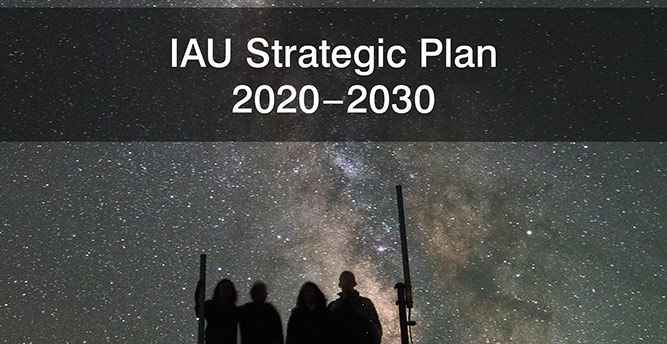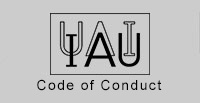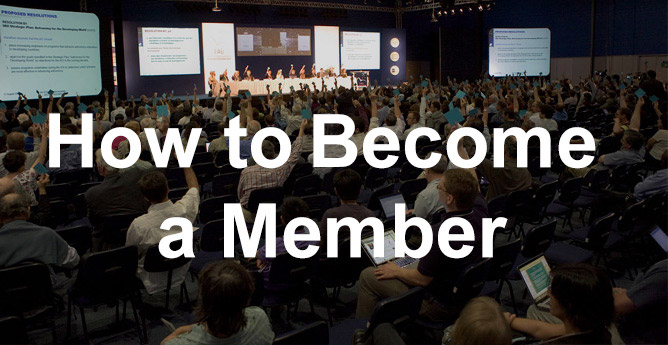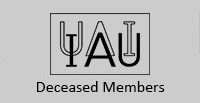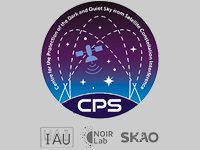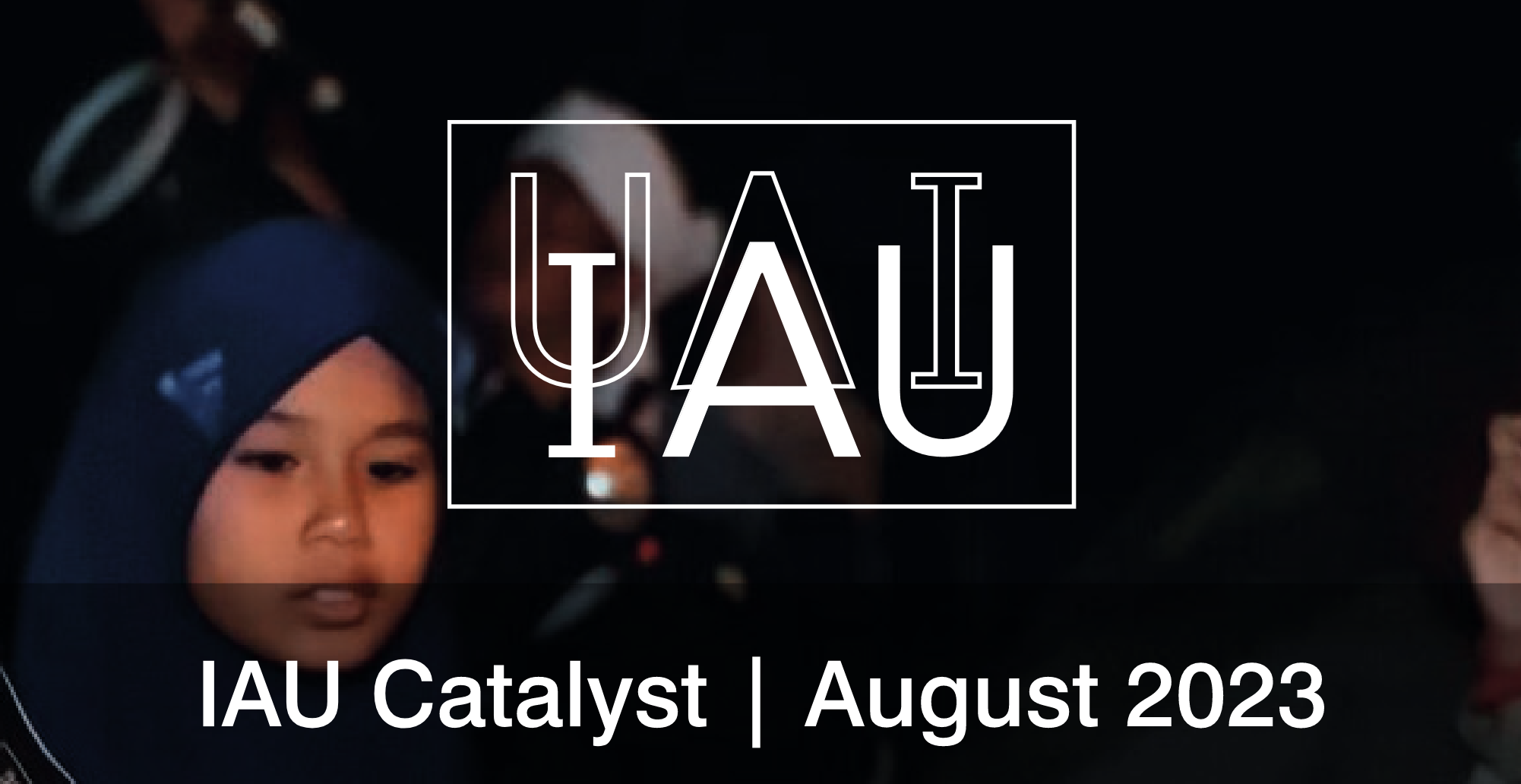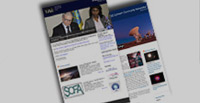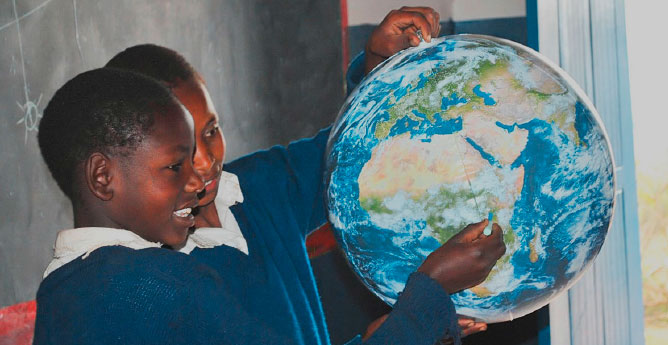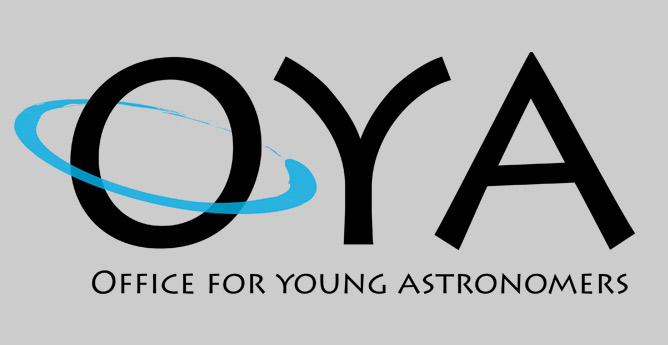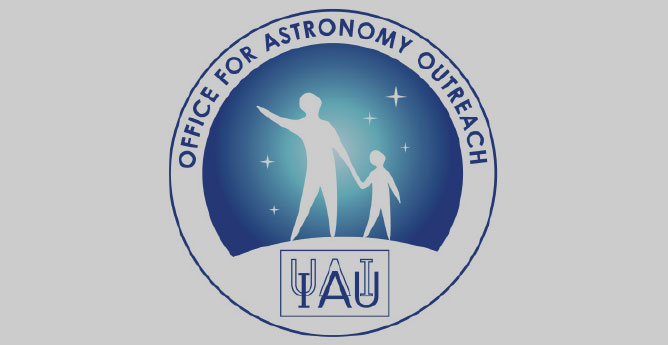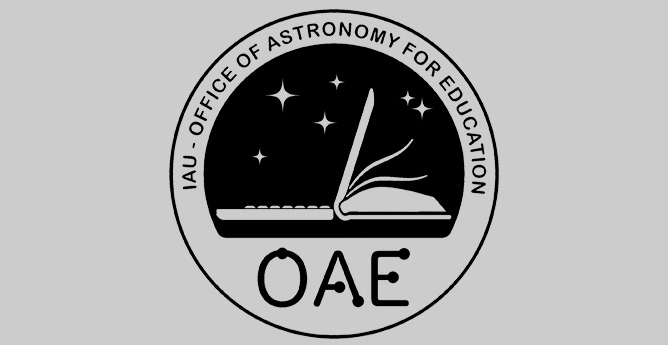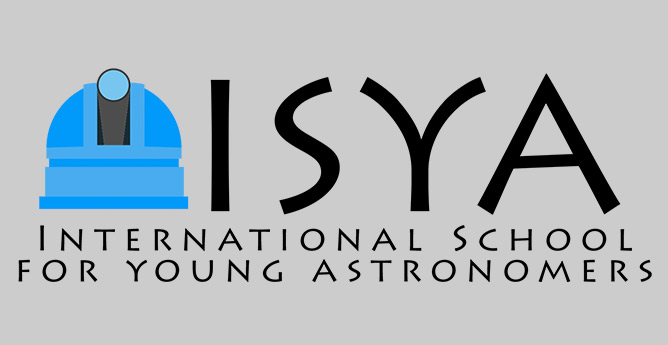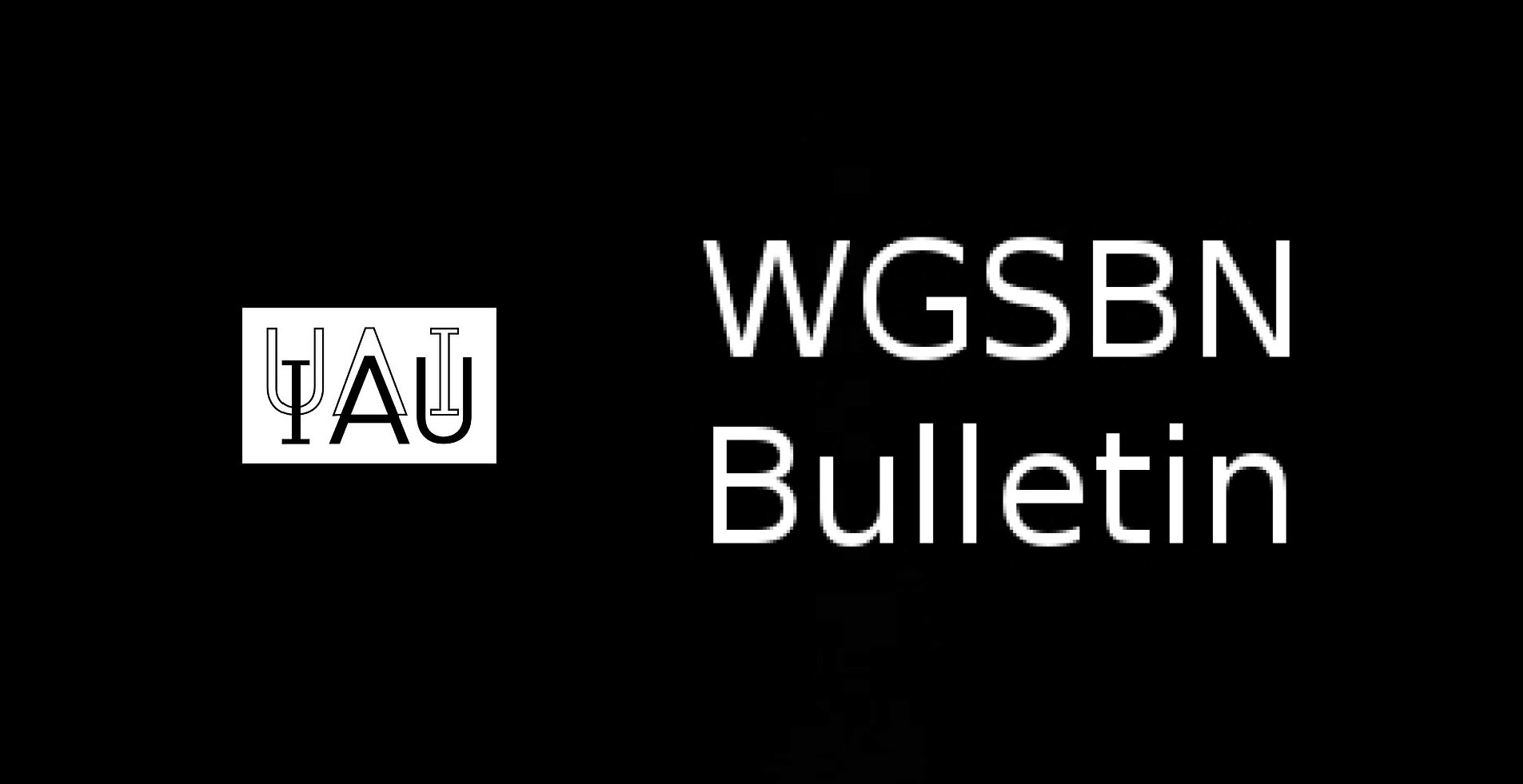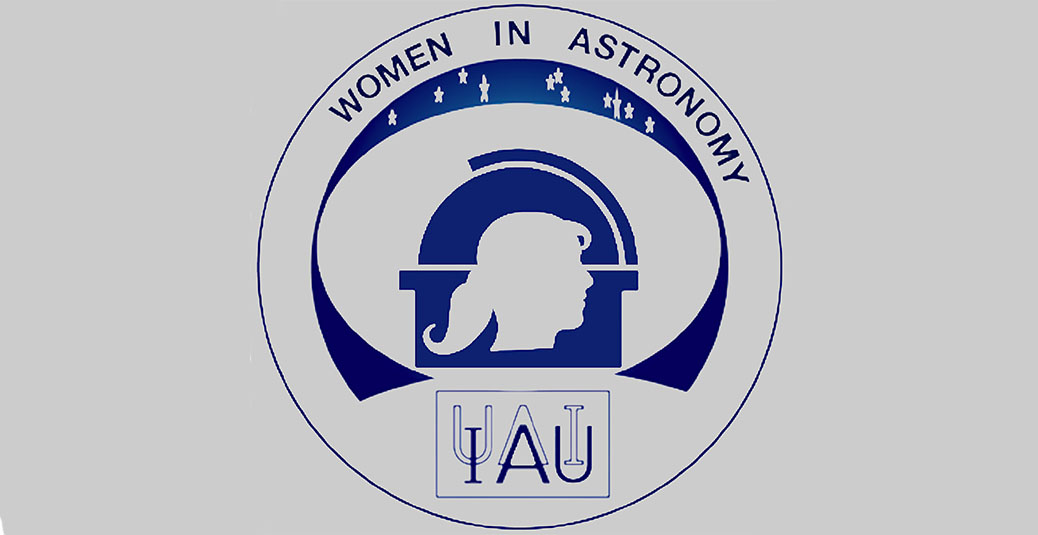- News
- Science
- Scientific Bodies
- Divisions
- Commissions
- Commission A1 Structure
- Commission A2 Structure
- Commission A3 Structure
- Commission A4 Structure
- Commission B1 Structure
- Commission B2 Structure
- Commission B3 Structure
- Commission B4 Structure
- Commission B5 Structure
- Commission B6 Structure
- Commission B7 Structure
- Commission C1 Structure
- Commission C2 Structure
- Commission C3 Structure
- Commission C4 Structure
- Commission C5 Structure
- Commission D1 Structure
- Commission E1 Structure
- Commission E2 Structure
- Commission E3 Structure
- Commission E4 Structure
- Commission F1 Structure
- Commission F2 Structure
- Commission F3 Structure
- Commission F4 Structure
- Commission G1 Structure
- Commission G2 Structure
- Commission G3 Structure
- Commission G4 Structure
- Commission G5 Structure
- Commission H1 Structure
- Commission H2 Structure
- Commission H3 Structure
- Commission H4 Structure
- Commission J1 Structure
- Commission J2 Structure
- Commission J3 Structure
- Commission X1 Structure
- Commission X2 Structure
- Past Commission Organising Committees
- Working Groups
- Centres
- Scientific Meetings
- Rules & Guidelines
- General Assemblies
- Meeting Proposals
- Future IAU Meetings
- General Assemblies
- EC Meetings
- Officers' Meetings
- Regional Meetings
- Symposia
- Focus Meetings
- Institutional Meetings
- IAU Offices Meetings
- IAU-Sponsored Meetings
- Letters of Intent submitted for 2024
- Letters of Intent submitted for 2023
- Letters of Intent submitted for 2022
- Letters of Intent submitted for 2021
- Letters of Intent submitted for 2020
- Past IAU Meetings
- Templates
- Other Meetings
- Grants & Prizes
- Scientific Bodies
- Publications
- IAU Publications
- IAU Strategic Plan
- Symposia
- WGSBN Bulletins
- Regional Meetings
- Information Bulletins/Catalyst
- E-Newsletters
- Focus Meetings
- Transactions A
- Transactions B
- Related Publications
- GA Newspapers
- CAPjournal
- IAU Books
- Brochures
- IAU Offices
- WG Reports
- Commission Reports
- Division Reports
- Past IAU Publications
- Rules, Guidelines and Instructions for Proceedings
- Publishers
- IAU Publications
- Administration
- About the IAU
- Statutes & Rules
- IAU Policies
- IAU Executive Bodies
- IAU Secretariat
- Resolutions
- Members Administration
- Administrative Dates & Deadlines
- International Organisations Relations
- Donate to the IAU
- Training in Astronomy
- Astronomy for Education
- Astronomy for Development
- Astronomy for the Public
- Office for Astronomy Outreach
- FAQ
- Themes
- Satellite Constellations
- Astronomy in Everyday Life
- How to Report a Discovery
- Careers in Astronomy
- Defining our Place in the Cosmos
- The Constellations
- Light Pollution
- Measuring the Universe
- Near Earth Objects
- How to Participate in Astronomy Research
- Naming of Astronomical Objects
- Naming of Exoplanets
- Buying Star Names
- Naming Stars
- Pluto and the Solar System
- IAU Member Statistics
- Our Moon: the Moon
- Meteors & Meteorites: The IAU Definitions of Meteor Terms
- UNESCO-IAU Portal to the Heritage of Astronomy
- Social Media
- Past Events
- Call for Online Resources
- Astronomy@Home Awards
- Contact
IAU Outreach Newsletter
December 2013
In this newsletter:
- The IAU National Outreach Contacts (NOC) network
- UNAWE & astronomy for development implementation in Timor Leste
- The IAU Office of Astronomy for Development newsletter goes bilingual
- Globe at Night campaign dates for 2014
- Successful launch of the ESA Gaia satellite & subsequent timeline
- The “Loss of the Night app” available in 11 languages
- “Wake up, Rosetta”, an upcoming campaign from ESA (20 January 2014)
- Galileo Teacher Training Program event (20 January 2014)
- An update on the fate of comet ISON
- Earthrise 45th anniversary (24 December 2013)
- “A Touch of the Universe” fundraising campaign still ongoing
- UKSEDS National Student Space Conference (1 – 2 March 2014)
- “Bajo un Mismo Cielo” (Under the Same Sky) GalileoMobile documentary now online
- “Flags of the night sky, When Astronomy Meets National Pride”
- Upcoming events
Please send us your input to info@astro4dev.org for the next newsletter which we will aim to send out on Friday 31st January 2014.
1) The IAU National Outreach Contacts (NOC) network
The IAU Office for Astronomy Outreach (OAO, https://www.iau.org/public/) is a central coordination point for activities taking place around the world. To support projects at a national level, OAO is creating a network of IAU National Outreach Contacts (NOC): volunteers with extensive experience in public outreach, acting as a single point of contact for a country.
More information can be found on: https://www.iau.org/public/noc/. You can also click on the following link to access the map and contact details for the NOC in your country: http://bit.ly/K9xrNn
2) UNAWE & astronomy for development implementation in Timor Leste
From Universe Awareness (UNAWE, www.unawe.org):
“Endorsed by UNESCO, UNAWE is now an integral part of the IAU Strategic Plan 2010–2020 (http://iau.org/static/education/strategicplan_2010-2020.pdf) which is called Astronomy for Development. It is through this framework, that the Universe in a Box project (http://www.unawe.org/resources/universebox/) is being implemented in Timor-Leste, with the aim of sending one box to every school and providing necessary training for teachers to use the resource.” The implementation is schedule to start in December 2013.
Read more at http://www.unawe.org/updates/unawe-update-1375/
3) The IAU Office of Astronomy for Development newsletter goes bilingual
The IAU Office of Astronomy for Development (OAD) released its 2013 third quarter newsletter in French. To download the newsletter in English and/or in French, please click on the following link: http://www.astro4dev.org/contactus/newsletters/
More information about the IAU-OAD can be found at www.astro4dev.org.
4) Globe at Night campaign dates for 2014
From Constance E. Walker (NOAO & GLOBE at Night campaign director www.globeatnight.org):
The Globe at Night (http://www.globeatnight.org/) program is an international citizen-science campaign to raise public awareness of the impact of light pollution by inviting citizen scientists to measure their night-sky brightness and submit their observations (at http://www.globeatnight.org/webapp/) from a computer or smartphone. Light pollution threatens not only our "right to starlight," but also can adversely affect energy consumption, wildlife, and health. Nearly 100,000 measurements have been contributed from people in 115 countries during the campaigns over the last 8 years, making Globe at Night the most successful light-pollution-awareness program to date. For 2014 Globe at Night offers four ways to measure night-sky brightness: the traditional method of matching what you see in a constellation with star charts; the use of a handheld digital device called a Sky Quality Meter (http://unihedron.com/projects/sqm-l/); the use of the Loss of the Night app on Android phones (https://play.google.com/store/apps/details?id=com.cosalux.welovestars&hl=en) , which asks you to find certain stars as a measure of star visibility; or the use of the Dark Sky Meter app on iPhone 4s and iPhone 5/5s/5c (http://www.darkskymeter.com/), which uses the phone's camera to measure night-sky brightness. Explore the last 8 years of data in our interactive map (http://www.globeatnight.org/map/), or see how your city did with our map app (http://www.globeatnight.org/mapapp/). The Globe at Night website is easy to use, comprehensive, and holds an abundance of background information. The database is usable for comparisons with a variety of other databases, such as how light pollution affects the foraging habits of bats.
For 2014, we will be collecting observations during particular dates each month, roughly between 8pm-10pm local time, when the Moon is not up. Those dates are:
- January 20-29
- February 19-28
- March 21-30
- April 20-29
- May 19-28
- June 17-26
- July 16-25
- August 15-24
- September 15-24
- October 14-23
- November 12-21
- December 11-20
We look forward to your participation in the campaign! Visit www.globeatnight.org for more information.
5) Successful launch of the ESA Gaia satellite & subsequent timeline
The ESA Gaia satellite has been successfully launched on 19 December 2013 (http://sci.esa.int/gaia/53536-esa-pr-44-2013-liftoff-for-esas-billion-star-surveyor/) and deployed its sunshield in a 10-minute automatic sequence, completed around 88 minutes after launch. The mission was designed to operate in a Lissajous-type orbit, around the L2 point of the Sun-Earth system, which is located 1.5 million kilometers from the Earth in the direction opposite from the Sun. During Gaia's journey to L2, only small orbit-correction maneuvers are expected to be needed to negate small navigation errors. After a month-long transit flight, an orbit insertion maneuver will inject the spacecraft onto a stable orbit around the L2 orbit.
Read more about the scientific goals of the Gaia mission here: http://sci.esa.int/gaia/ and follow it on Facebook at facebook.com/ESAGaiaMission/.
6) The “Loss of the Night app” available in 11 languages
“If the Christmas story were set in the modern era, you might expect that the three wise men would need to rely on their GPS whenever they came into a town. But in fact, some stars can still be seen in even in the most brightly lit cities, and researchers of the German interdisciplinary project “Verlust der Nacht” are asking citizen scientists to count them. The scientists developed the “Loss of the Night app” to quantify the illumination of the night sky caused by artificial light. The app, originally available in only German and English, has now been expanded to support 11 languages in order to get data from as many regions as possible. The aim of the app is to measure how the brightness of the sky changes over time, as lighting technologies change and cities grow.”
The application “Loss of the Night“ can be downloaded free of charge at http://lossofthenight.blogspot.com. Read more on the press release webpage at: http://www.alphagalileo.de/ViewItem.aspx?ItemId=137651&CultureCode=en.
7) “Wake up, Rosetta”, an upcoming campaign from ESA (20 January 2014)
From the European Space Agency:
“Rosetta was launched in 2004 and has since travelled around the Sun five times, picking up energy from Earth and Mars to line it up with its final destination: comet 67P/Churyumov–Gerasimenko. For the coldest, loneliest leg of the mission, as Rosetta travelled out towards the orbit of Jupiter, the spacecraft was put into deep-space hibernation. In 2014, Rosetta will complete its cruise towards the comet, rendezvousing with it in August, before putting its Philae lander onto the comet’s surface in November, as it begins its journey closer to the Sun.
The time for Rosetta to wake up and prepare for this most exciting scientific adventure is now fast approaching. The spacecraft’s internal alarm clock is set for 10:00 GMT (11:00 CET) on 20 January. Once it has warmed itself up, it should re-establish communication with Earth several hours later. In a competition that opens today, ESA invites you to mark this important milestone in the Rosetta mission by sharing a video clip of you shouting “Wake up, Rosetta!” You can upload your video clip and share it with the world via ESA’s dedicated Facebook page here http://www.facebook.com/RosettaMission.”
Read more at http://www.esa.int/Our_Activities/Space_Science/Rosetta/Wake_up_Rosetta
8) Galileo Teacher Training Program event (20 January 2014)
From Rosa Doran (http://nuclio.org/, www.galileoteachers.org):
The Galileo Teacher Training Program in partnership with Open Discovery Space project and support of CosmoQuest will run a Google hangout aiming to present latest news on Rosetta spacecraft. The Google hangout will take place in the last day of submission of wake up calls for the Rosetta Spacecraft that is now in a dormant state. The European Space Agency is calling for wake up calls for a contest with deadline on January 20th. The Google hangout will take place in that precise date and everyone will be invited to participate. The announcement with the details will appear here: www.galileoteachers.org and here http://cosmoquest.org as well as on: www.facebook.com/galileoteachers.
More information can be found here: http://portal.opendiscoveryspace.eu/beta/el/node/413217
9) An update on the fate of comet ISON
Comet ISON has unfortunately not survived its passage at perihelion around the Sun. Babak Tafreshi (The World at Night, twanight.org/tafreshi) edited this impressive video sequence of Comet ISON from 27 November to 1 December 2013: https://vimeo.com/80568171. The images were captured by the Solar and Heliospheric Observatory (SOHO) spacecraft as the comet dives into the sun's corona, emerges from it the next day and fades away forever in the Solar System.
Follow-up observations have could only small fragments remaining from comet ISON : “On December 18, the Hubble Space Telescope slewed to Comet ISON’s expected position and found nothing down to the incredibly faint magnitude of 25. According to astronomer Hal Weaver, who planned the ISON search, that limit implies any remaining fragments would have to be smaller than about 500 feet (160 meters) in diameter”, wrote Bob King (AAVSO). Read more at http://www.universetoday.com/107407/hubble-looks-but-finds-no-trace-of-comet-ison/.
More debriefing news and general information about comet ISON can be found at http://www.isoncampaign.org/karl/in-memoriam and at http://www.isoncampaign.org/. The folloing article provides an interesting summary of the greatest comets ever seen in the past 500 years: http://www.huffingtonpost.com/2013/12/26/500-years-greatest-comets-of-the-centuries_n_4503569.html
10) Earthrise 45th anniversary (24 December 2013)
From NASA Earth Observatory (http://earthobservatory.nasa.gov):
“On 24 December 1968, Apollo 8 astronauts Frank Borman, James Lovell, and William Anders were coming around from the far side of the Moon on their fourth orbit. Borman began to roll the spacecraft, and as he did, the Earth rose into view over the Moon’s limb. Anders, photographing the Moon from the right side window, caught sight of the view, and exclaimed: “Oh my God, look at that picture over there! There’s the Earth comin’ up. Wow, is that pretty!” He snapped a black and white photo, capturing humanity’s first view of Earth from another planetary body. A few minutes later, Anders put color film in the camera and took the iconic color photographs of a half Earth hanging over the lunar horizon.”
Read more at http://earthobservatory.nasa.gov/IOTD/view.php?id=82693&src=fb and acess the newly released video here: http://www.youtube.com/watch?v=dE-vOscpiNc
11) “A Touch of the Universe” fundraising campaign still ongoing
“A Touch of The Universe” (astrokit.uv.es), a non-profit project sponsored by the IAU-Office of Astronomy for Development, aims to build 30 sets of tactile astronomy kits addressed to children with both normal or vision impairments. The kits will be distributed among educators and teachers in underdeveloped countries in Americas, Asia and Africa. The project needs to raise funds for the delivery of the final 18 astronomy kits of the “A Touch of the Universe” project. A crowdfunding campaign, hosted on the University of Valencia website (in Spanish), has been launched in order to raise the final 2000 euros: 10 euros from 200 people would do the magic!
To donate and/or spread the news, please follow this link: http://www.uniempren.es/69_a_touch_of_the_universe. For more information about the project, please visit: astrokit.uv.es or http://www.astro4dev.org/blog/category/tf2/visually-impaired/.
12) UKSEDS National Student Space Conference (1 – 2 March 2014)
From Zoë Versey, Conference Co-ordinator (conference@ukseds.org):
The 26th Annual UKSEDS National Student Space Conference will be held on the weekend of 1-2 March 2014, and hosted by Leicester AstRoSoc at the University of Leicester. The conference will bring together students, academics and professionals from across the country to share knowledge of space, discuss the challenges facing the sector, and to create new links between groups. It will feature talks by leading space science and industry figures, and opportunities to take part in discussions and networking events. In time-honoured tradition, UKSEDS will have a special social event, to be held on the evening of the 1st March at the University of Leicester.
If you are interested in exhibiting or sponsoring contact conference@ukseds.org. Look out for more details in early January at http://ukseds.org/nssc2014 - registration will open shortly. Meanwhile follow the hashtag #NSSC14 and join our Facebook event here: https://www.facebook.com/events/261754957309063/?ref_newsfeed_story_type=regular
13) “Bajo un Mismo Cielo” (Under the Same Sky) GalileoMobile documentary now online
From Jorge Rivero:
Bajo un mismo cielo (Under the same sky) tells the story of GalileoMobile's expedition to Chile, Bolivia and Peru during the International Year of Astronomy 2009 (IYA2009). On a road trip that lasted two months and travelled over seven thousand kilometers, GalileoMobile visited schools and communities to perform science activities and organise astronomical observations. Through children's eyes, an encounter from different visions and interpretations of the sky is made, from East to West and from ancient times to modern astronomy, exploring the richness of human culture preserved in the traditions of the Andean people.
The documentary will soon be available also with subtitles in French, German, Greek, Italian, Portuguese, and Spanish. Learn more about the GalileoMobile project: www.galileo-mobile.org
14) “Flags of the night sky, When Astronomy Meets National Pride”
A new and out of the ordinary book by André Bordeleau called "Flags of the Night Sky, When Astronomy Meets National Pride" has been published with Springer editions:
“Many national flags display astronomical features–Sun, Moon, stars–but are they really based on existing astronomical objects? The United States flag sports 50 stars, one for each state, however none of them are linked to real stars. Further, the lunar crescent is often shaped like the Sun being eclipsed by the Moon. At times, stars are seen right next to the crescent, where the darkened disc of the moon should be! This book will present true astronomical objects and patterns highlighted on national flags and link informative capsules about these objects to the political reasons why they were chosen to adorn such an important symbol.”
More at: http://www.springer.com/astronomy/book/978-1-4614-0928-1
a) ESO Astronomy Camp for Secondary School Students
Date: 26 – 31 December, 2013
Location: Saint-Barthelemy, Nus, Italy
More information: http://www.eso.org/public/announcements/ann13044/ and http://www.eso.org/public/announcements/ann13089/
b) American Astronomical Society meeting
Date: 4 – 9 January, 2014
Location: Washington D.C., United States
More information: http://aas.org/meetings/223rd-aas-meeting-washington-dc
c) UKSEDS National Student Space Conference 2014
Date: 1 – 2 March 2014
Location: University of Leicester, United Kingdom
More information: http://ukseds.org/nssc2014
d) Citizen Science in Astronomy
Date: 3 – 7 March 2014 (Pre-registration deadline: 1st December 2013)
Location: Institute of Astronomy & Astrophysics, Academia Sinica (ASIAA), Taipei, Taiwan
More information: http://events.asiaa.sinica.edu.tw/workshop/20140303/
For more events, please visit the IAU Outreach Events Calendar at: http://iau.org/public/events/
To register your own event, click here: https://www.iau.org/public/events/events-submission/
